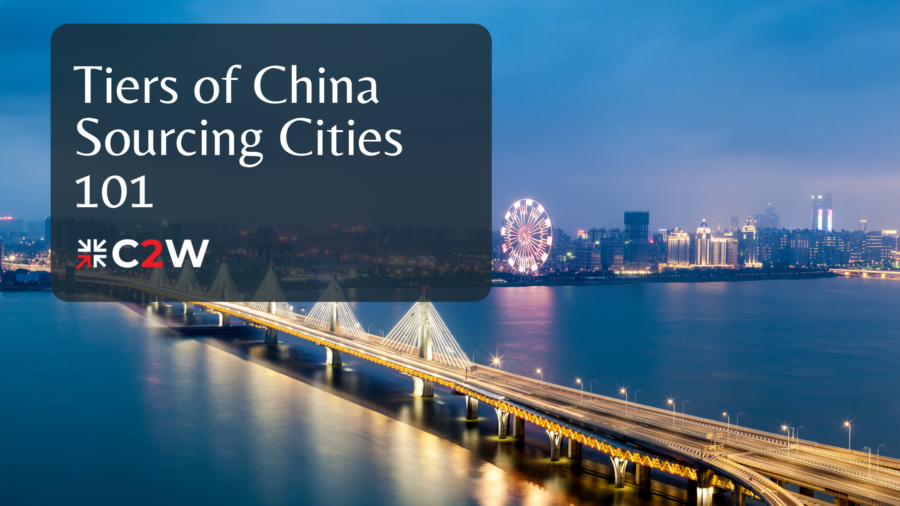Last Updated: June 7, 2022
When you think about China, what are the cities that come to your mind? Beijing, Shanghai, maybe Guangzhou, and Shenzhen. These economically paramount cities, what Chinese people call the Big 4, are considered as the Tier 1 cities. But now what you should rather have on your radar are other candidates growing favorably, especially the ones in the New Tier 1.
The concept of New Tier 1 was proposed in 2013 by the authoritative financial media outlets, Yicai Media, which publishes their annual ranking of Chinese cities gaining nationwide recognition. The term refers to cities who beat their prominent neighbor cities in quality, market competition and business potential to stand by for the Tier 1. This is why Chengdu, Suzhou, Hangzhou, Tianjin and other New Tier 1 cities are now gaining more and more appreciation when it comes to product sourcing.
Back in the days there weren’t many options of suppliers as the manufacturing industry was not mature enough. Most of those suppliers again were located in Tier 1 cities because the cities were regarded as secure, stable and regulated with its freedom in economic policies and developed infrastructures. The target markets’ slow growth of demand also held up the development in other regions. This again meant a low amount of competition and few entrenched and prosperous Chinese suppliers from elsewhere.
That brings us directly to the main advantages of sourcing in Tier 1 cities: the manufacturers are well-entrenched, have previous experience and references in both manufacturing and regulations, already with knowledge about the expectations of consumers. Thus the quality and service provided was very high standard. With this level of development there come unavoidable high costs for sourcing.
But as the Tier 1 develops and has transitioned to more advanced types of economy, labor and land cost have unavoidably become higher and higher. For SMEs it may not be affordable to persistently source in those Tier 1 cities. As demand goes to lower tiers, suppliers and manufacturers have started moving to satellite cities around the Big 4, bringing in abundant opportunities in those cities and fueling these economies. Now, a lot of them have joined forces to form The New Tier 1 and Tier 2, which are manufacturing favorites now for a lot of businesses.
But one factor that shouldn’t be underestimated is the cultural difference in the cities below Tier 1. In China, business works differently than in the US or Europe. The suppliers in Tier 1 cities are already adept in working with foreign consumers and companies and may be compliant with Chinese regulations, while the New Tier 1 and Tier 2 cities mostly don’t have that knowledge. That can give foreign companies a hard time while communicating and negotiating with suppliers in these cities and should be considered in the decision making.
In March 2021, the Ministry of Industry and Information Technology of China has mapped out 25 clusters of advanced manufacturing as part of the Made in China 2025, another 5-year national strategic plan of industry development. Pretty much all the cities chosen belong to the New Tier 1 and Tier 2 with diverse types of industry strategies.
China 2 West has established many strong relationships with suppliers all across China. No matter what tier a city belongs to, we are able to work with the location that best suits your product. Capitalize on our 16 years of experience working with suppliers to ensure that you find some of the best manufactures in the world. Please come join us at China 2 West and take your product manufacturing to the next level.



